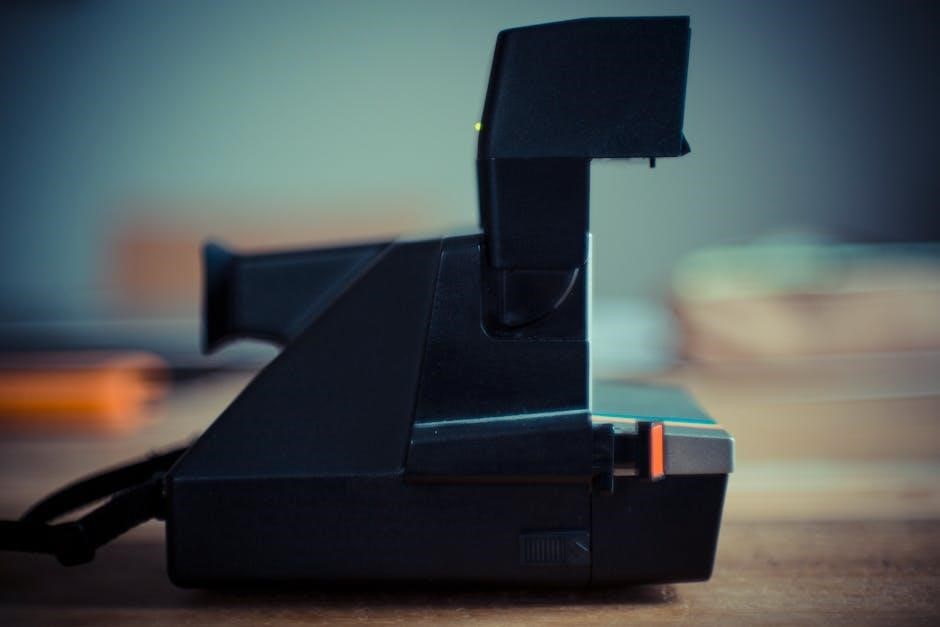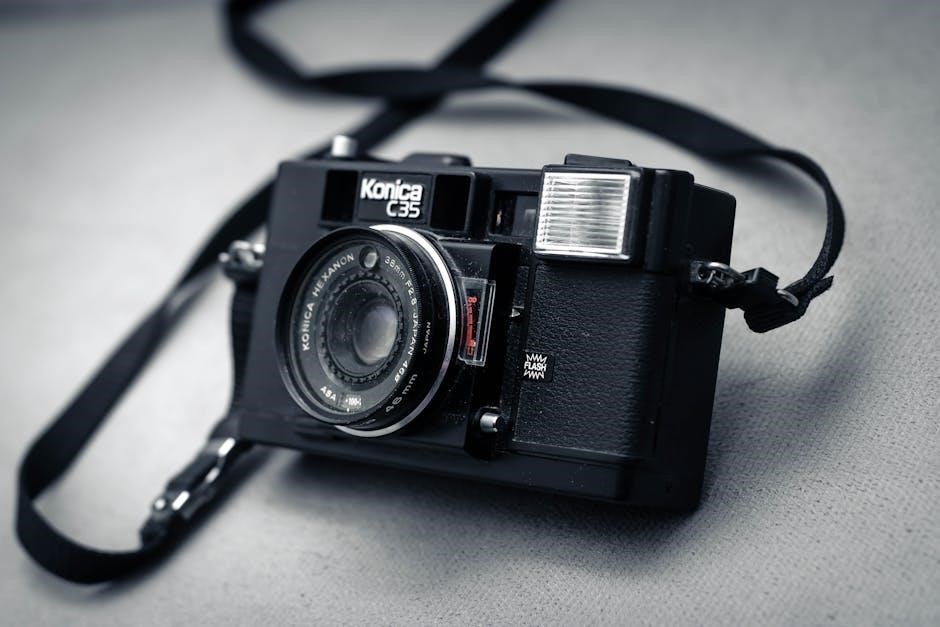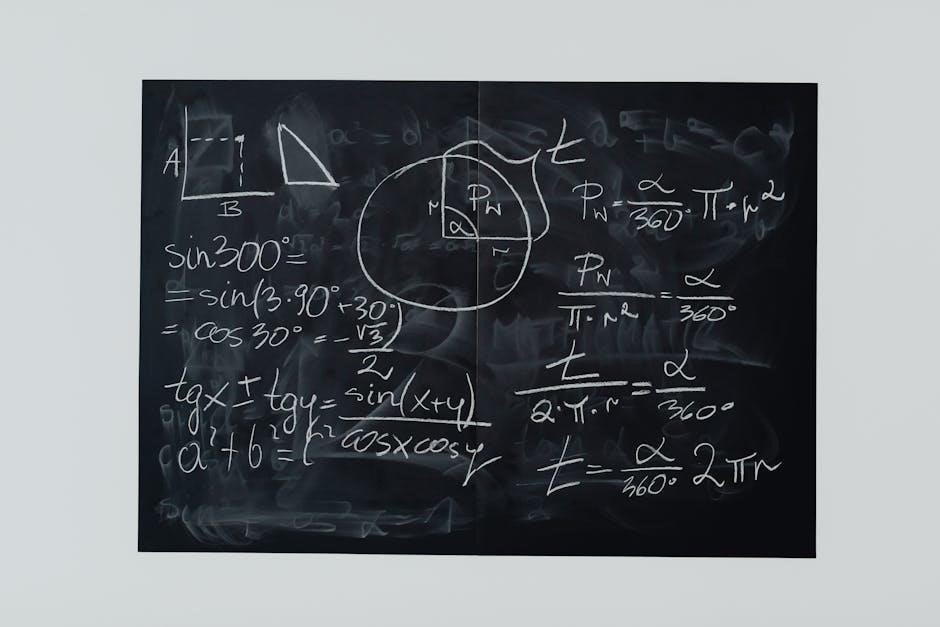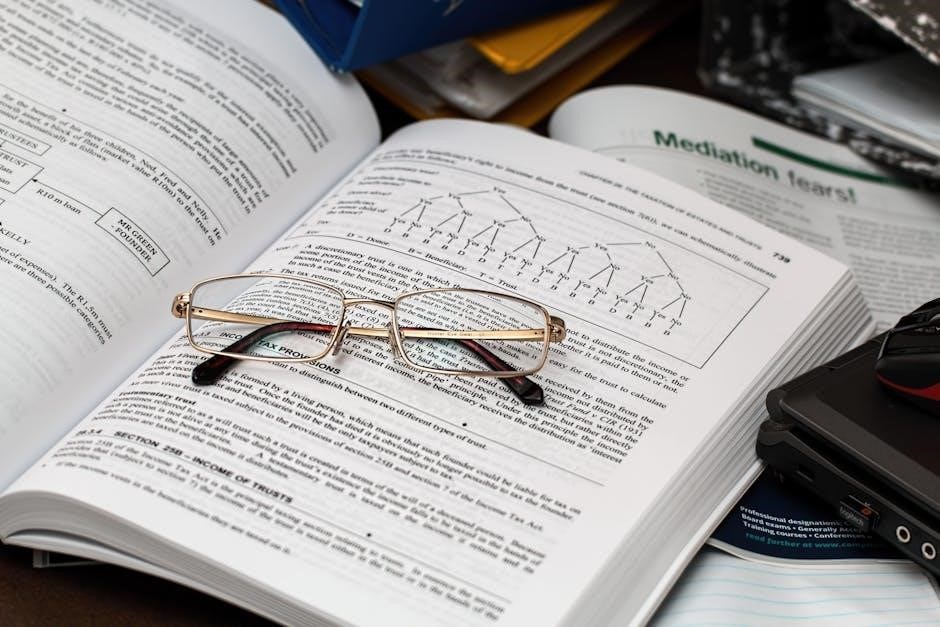youcat pdf
The YouCat PDF is a comprehensive guide to Catholic teachings, designed for young people, offering a clear and engaging exploration of faith in a modern context.
1.1 What is YouCat?
YouCat is the Youth Catechism of the Catholic Church, a comprehensive guide to Catholic teachings tailored for young people. It presents the faith in a modern, accessible, and engaging way, addressing questions and concerns relevant to today’s youth. Available in multiple languages, YouCat is both a study aid and a reference, designed to deepen understanding and foster a stronger connection to the Catholic faith, endorsed by religious leaders worldwide.
1.2 Purpose of the Youth Catechism
The Youth Catechism, or YouCat, aims to provide young people with a clear and concise understanding of Catholic doctrine. Its purpose is to engage youth in their faith journey, helping them articulate beliefs confidently and stand firm in their religious identity. By addressing contemporary issues and questions, YouCat serves as a vital tool for modern catechesis, fostering spiritual growth and a deeper connection to the Church’s teachings among young Catholics worldwide.
Publication and Availability
The YouCat PDF is officially published on www.youcat.org and is available in multiple languages, ensuring global accessibility for download and print in various formats.
2.1 Official Sources for Download
The YouCat PDF is available for download from the official website www.youcat.org and other trusted platforms like internetarchive.org and rulit.me. These sources provide the original document in multiple formats, ensuring authenticity and convenience for readers worldwide. The PDF version is easily accessible, allowing users to download, print, or share it freely.Official sources guarantee the integrity of the content, endorsed by the YouCat Foundation, making it a reliable resource for Catholic youth.
2.2 Language Versions and Accessibility
The YouCat PDF is available in multiple languages, including English, Spanish, Portuguese, Russian, and German, ensuring global accessibility. The document is designed to be reader-friendly, with clear formatting and visual elements. It can be downloaded free of charge from official sources, making it accessible to everyone. The PDF format allows for easy sharing and printing, catering to diverse learning preferences and technological accessibility needs worldwide.
Key Features of YouCat PDF
The YouCat PDF features clear language, engaging visuals, and a comprehensive overview of Catholic doctrine, making it accessible and appealing to young people worldwide.
3.1 Structure and Content
The YouCat PDF is structured to cover the entirety of Catholic doctrine, presenting teachings in a logical sequence. It includes sections on beliefs, sacraments, moral teachings, and prayer, ensuring a holistic understanding. The content is divided into user-friendly chapters, making it easy for young people to navigate and study. Visual elements and clear explanations enhance comprehension, while maintaining the depth of the original catechism.
3.2 Visual and Design Elements
The YouCat PDF features vibrant illustrations, graphics, and a modern design to engage young readers. Its colorful layout and high-quality images help explain complex theological concepts visually. The visual elements complement the text, making the catechism accessible and appealing to a younger audience. The design ensures readability while maintaining the document’s professional and educational integrity, enhancing the learning experience for its users worldwide.
Theological Content
The YouCat PDF provides a detailed exploration of Catholic doctrine, covering essential theological topics such as the nature of God, the sacraments, and moral teachings in an accessible manner;
4.1 Overview of Catholic Doctrine
The YouCat PDF offers a comprehensive overview of Catholic doctrine, covering the nature of God, the sacraments, moral teachings, and the life of Jesus Christ. Designed for young people, it presents complex theological concepts in an engaging and accessible way. The text emphasizes the importance of faith, prayer, and reconciliation, while also addressing human weakness and the need for spiritual guidance. It serves as a foundational resource for understanding Catholic beliefs and practices.
4.2 Explanation of Sacraments and Moral Teachings
The YouCat PDF provides a detailed explanation of the sacraments, emphasizing their role as encounters with God and tools for spiritual growth. It also explores Catholic moral teachings, offering practical guidance on living a virtuous life. Topics include forgiveness, reconciliation, and the importance of aligning actions with faith. The text helps young people understand how sacraments and moral principles shape their decisions and foster a deeper connection to God and others.
Target Audience and Purpose
The YouCat PDF is designed for young people, helping them understand Catholic teachings, strengthen their faith, and connect with God in a modern, relatable way.
5.1 Who is YouCat For?
YouCat is primarily designed for young people, providing an accessible and engaging introduction to Catholic doctrine. It targets teenagers and young adults seeking to deepen their faith and understanding of Church teachings. The content is tailored to address modern questions and challenges, making it a valuable resource for youth groups, schools, and individuals exploring their spiritual identity. Its straightforward language ensures it is relatable to all young Catholics worldwide.
5.2 Mission and Goals of the Publication
The YouCat aims to strengthen young people’s faith and provide a clear understanding of Catholic teachings. Its primary goal is to inspire spiritual growth and deepen the connection with God. By addressing modern questions and challenges, it equips youth to articulate their beliefs confidently. The publication also seeks to foster a global community of young Catholics united in their faith, guided by the principles of the Church.
Impact and Reception
The YouCat PDF has gained global popularity, resonating with young Catholics worldwide. Its endorsement by religious leaders highlights its effectiveness in conveying Catholic teachings to modern youth.
6.1 Global Popularity and Downloads
YouCat PDF has achieved remarkable global popularity, with millions of downloads worldwide. Its accessibility in multiple languages has made it a favorite among young Catholics, fostering a deeper understanding of faith across cultures. The document’s widespread adoption underscores its relevance in modern catechesis, reaching diverse audiences and ensuring its message resonates globally.
6.2 Endorsements from Religious Leaders
YouCat PDF has received strong endorsements from prominent religious leaders, including Cardinal Christoph Schönborn, who oversaw its creation. Pope Benedict XVI praised its ability to present Catholic doctrine in a relatable manner for young people. These endorsements highlight its authenticity and value as a trusted resource in modern catechesis, further solidifying its reputation as an essential tool for faith formation worldwide.
Additional Resources
YouCat PDF offers study guides and companion materials for deeper engagement. Online communities and forums provide further discussion and support, enriching the learning experience for users globally.
7.1 Study Guides and Companion Materials
Official study guides and companion materials for YouCat PDF are available, offering structured learning pathways. These resources include workbooks, leader guides, and reflection exercises to deepen understanding. Designed for individual or group use, they provide practical applications of Catholic teachings. Additionally, companion materials like the “Study Guide for YouCat” and “YouCat for Kids” cater to diverse audiences, ensuring accessible and engaging faith formation for all ages and learning styles.
7.2 Online Communities and Forums
Active online communities and forums dedicated to YouCat PDF foster engagement and discussion among young Catholics. Platforms like Facebook groups, Reddit threads, and the official YouCat website offer spaces for sharing insights, asking questions, and connecting with others. These communities often feature interactive resources, prayer groups, and downloadable materials, providing dynamic support for faith exploration and growth among youth worldwide.
Instructions for Use
Download the YouCat PDF, print it, and use the study guide for structured learning. Regular review and reflection will enhance understanding and application of its teachings effectively.
8.1 How to Download and Print
To download the YouCat PDF, visit the official website or trusted sources like www.youcat.org. Select your preferred language, then click the download link. Once downloaded, open the PDF and use your printer settings to print it. Ensure paper is set to A4 or letter size for optimal formatting. For better readability, adjust margins and choose a clear font size before printing. This ensures a clean and professional copy for personal or group study use.
8.2 Tips for Effective Study
For effective study, use the YouCat PDF with its structured guide, setting goals for each session. Reflect on key questions and discuss with peers to deepen understanding. Highlight important sections and take notes for future reference. Regular prayer before study helps connect intellectually and spiritually with the content, fostering a meaningful experience of Catholic teachings and their application in daily life.
The YouCat PDF remains a vital resource for modern catechesis, bridging tradition with contemporary understanding and empowering young Catholics worldwide in their faith journey.
9.1 Significance of YouCat in Modern Catechesis
The YouCat PDF is a transformative tool in modern catechesis, offering a relatable and accessible guide to Catholic doctrine for young people. Its clear language and engaging format bridge the gap between traditional teachings and contemporary understanding, fostering deeper faith engagement among youth worldwide. Endorsed by religious leaders, it stands as a vital resource for fostering spiritual growth and understanding in today’s digital age.
9.2 Final Thoughts on the YouCat PDF
The YouCat PDF is a vital resource for modern catechesis, offering a concise yet profound exploration of Catholic teachings tailored for young people. Its accessibility in multiple languages and formats ensures global reach, while its endorsements from religious leaders underscore its authenticity. As a tool for spiritual growth, it empowers youth to deepen their faith and engage meaningfully with Catholic doctrine in an ever-evolving world.





























